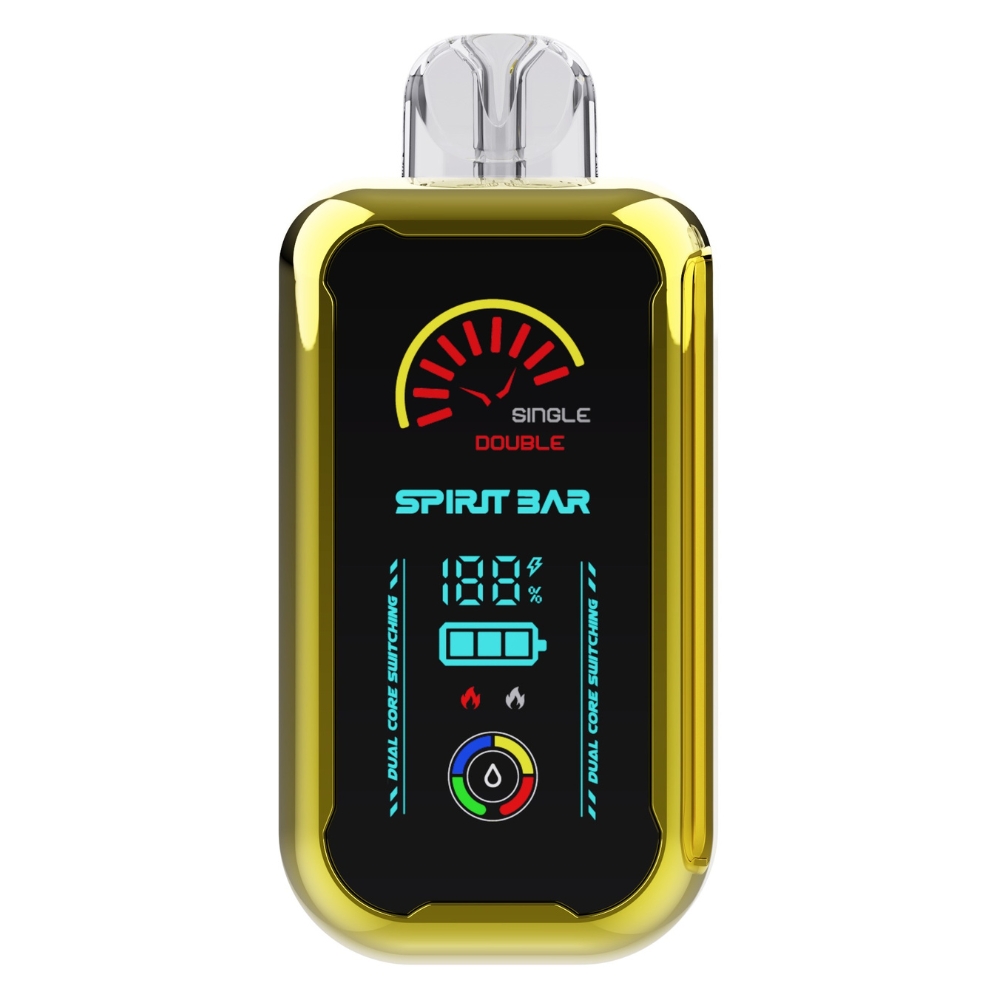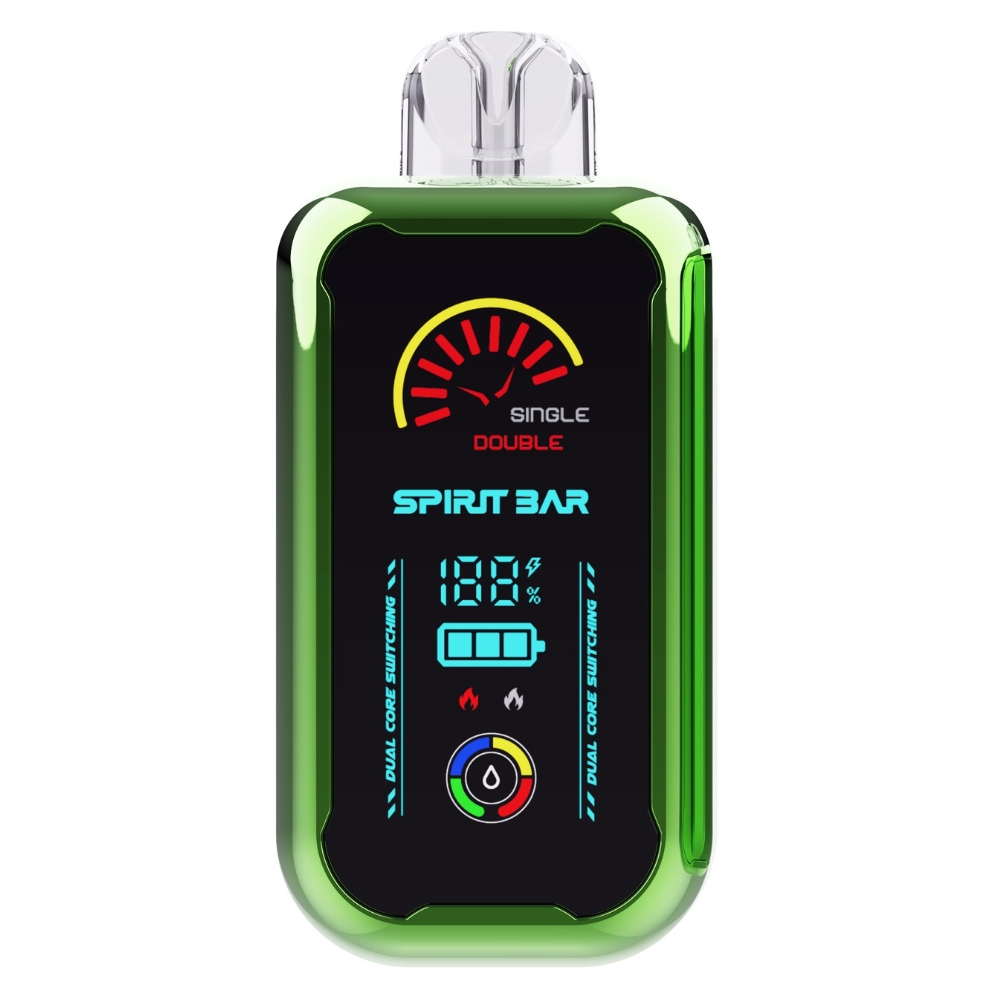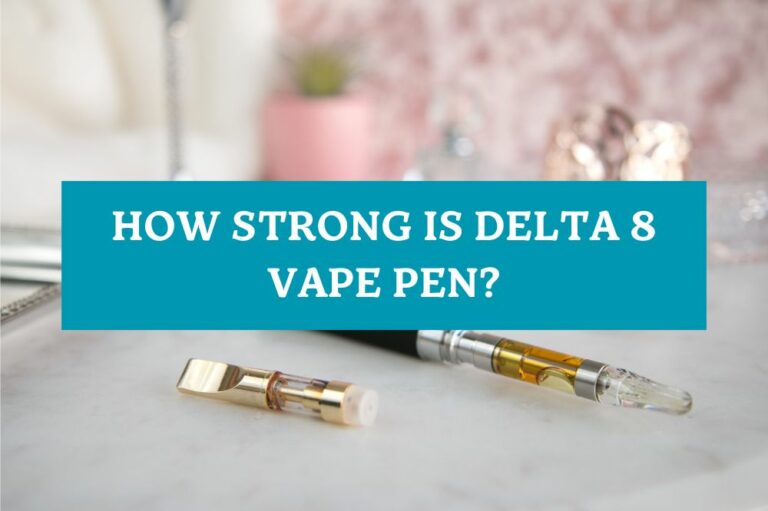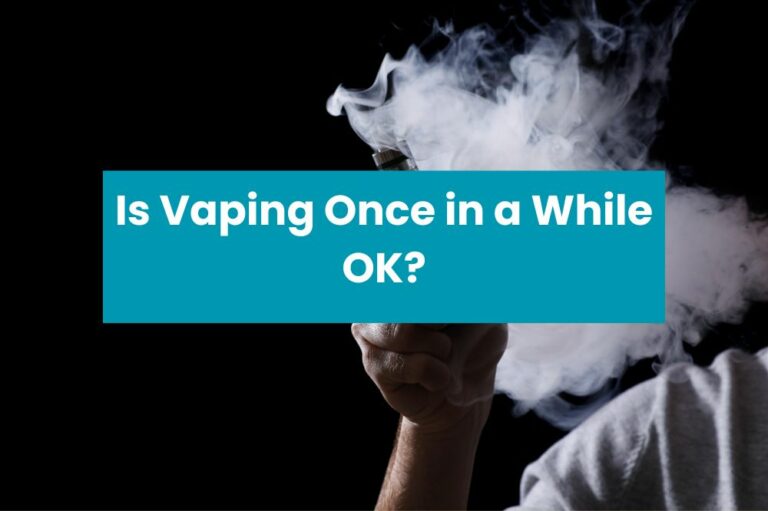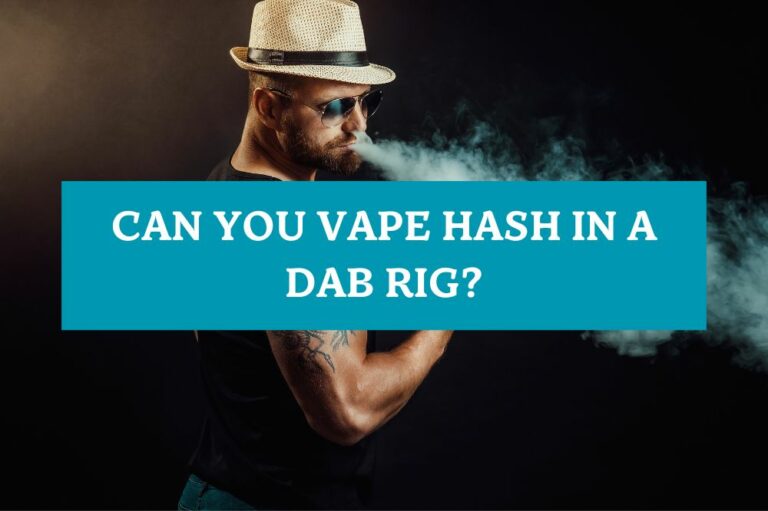What is the Vapor from Vaping?
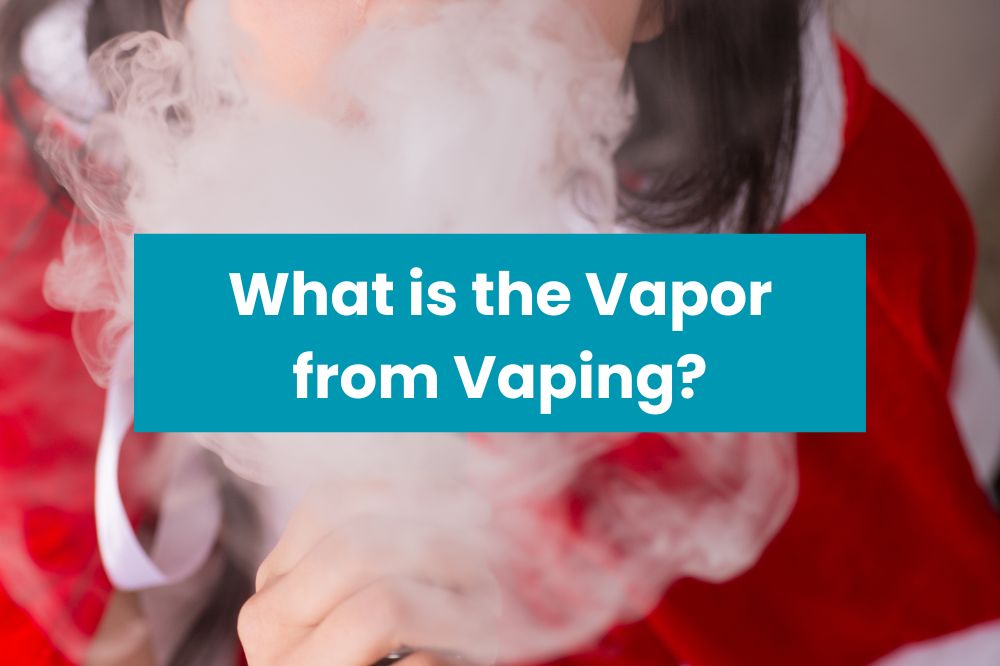
If you’re curious about vaping, you may be wondering what exactly is in the vapor that you inhale. Unlike traditional cigarettes, which burn tobacco to create smoke, e-cigarettes use a battery-powered heating element to turn a liquid into an aerosol that you inhale. This liquid, commonly called e-juice or vape juice, typically contains a combination of nicotine, flavorings, and other chemicals.
When you take a puff from an e-cigarette, the heating element vaporizes the liquid, creating a cloud of aerosol that you inhale into your lungs. This aerosol is made up of tiny particles that can contain a variety of chemicals, including nicotine, formaldehyde, and heavy metals like lead and cadmium. While e-cigarettes are often marketed as a safer alternative to traditional cigarettes, there is still much debate over the long-term health effects of inhaling these chemicals into your lungs.
If you’re thinking about trying vaping, it’s important to understand exactly what you’re inhaling. While e-cigarettes may be less harmful than traditional cigarettes, they still contain potentially harmful chemicals that can have long-term health effects. By educating yourself about the ingredients in e-juice and the potential risks associated with vaping, you can make an informed decision about whether or not to try this popular alternative to smoking.
Understanding Vaping
If you’re new to vaping, it can be confusing to understand exactly what it is and how it works. Essentially, vaping involves inhaling and exhaling vapor produced by an electronic device, commonly known as an e-cigarette or vape pen. These devices work by heating a liquid, often called vape juice or e-liquid, to create a vapor that can be inhaled.
Vape juice typically contains a mixture of ingredients, including propylene glycol, vegetable glycerin, flavorings, and sometimes nicotine. The liquid is heated by a battery-powered heating element, which turns it into a vapor that can be inhaled. The vapor is then exhaled, much like cigarette smoke.
One of the benefits of vaping is that it can be a less harmful alternative to smoking traditional cigarettes. While e-cigarettes still contain nicotine, they don’t contain many of the harmful chemicals found in tobacco smoke. However, it’s important to note that vaping is not completely safe and can still have negative health effects.
If you’re considering trying vaping, it’s important to do your research and choose a reputable brand and product. Make sure to read reviews and look for information on the ingredients and manufacturing process. Additionally, it’s important to understand the potential risks and side effects of vaping, such as lung damage and addiction.
Overall, while vaping can be a less harmful alternative to smoking, it’s important to approach it with caution and make informed decisions about your health.
Vapor Components
When you vape, the e-cigarette heats up a liquid called e-juice or e-liquid, which then produces vapor that you inhale. The vapor that you inhale is made up of several components. Here are some of the main components of e-cigarette vapor:
Nicotine
Most e-cigarette liquids contain nicotine, which is extracted from tobacco. Nicotine is a highly addictive substance that can have harmful effects on your health. It can raise your blood pressure, increase your heart rate, and cause damage to your arteries. Even e-cigarettes that claim to be nicotine-free may contain trace amounts of nicotine.
Propylene Glycol
Propylene glycol is a common ingredient in e-cigarette liquids. It is a synthetic compound that is used in a variety of products, including food, cosmetics, and medicines. Propylene glycol is used in e-cigarettes because it helps to produce vapor when heated. It is generally considered safe to use in small amounts, but some people may be allergic to it.
Vegetable Glycerin
Vegetable glycerin is another common ingredient in e-cigarette liquids. It is a natural compound that is derived from vegetable oil. Vegetable glycerin is used in e-cigarettes because it helps to produce vapor when heated. It is generally considered safe to use, but some people may be allergic to it.
Flavorings
E-cigarette liquids come in a variety of flavors, such as fruit, candy, and menthol. These flavors are added to the e-juice to make it more appealing to users. However, some flavorings may contain harmful chemicals, such as diacetyl, which can cause a condition known as popcorn lung. It is important to choose e-cigarette liquids that are free from harmful flavorings.
In conclusion, e-cigarette vapor is made up of several components, including nicotine, propylene glycol, vegetable glycerin, and flavorings. While some of these components are generally considered safe to use, others may have harmful effects on your health. It is important to choose e-cigarette liquids that are free from harmful chemicals and to use e-cigarettes in moderation.
Health Implications of Vaping Vapor
Vaping has become increasingly popular in recent years, but what exactly is in the vapor that is produced? While the long-term effects of vaping are still largely unknown, there are some health implications that have been identified.
Respiratory Effects
One of the major concerns with vaping is the potential respiratory effects. The vapor produced by e-cigarettes contains a number of chemicals, including nicotine, formaldehyde, and acrolein. These chemicals can irritate the lungs and cause inflammation, which can lead to a range of respiratory problems such as coughing, wheezing, and shortness of breath.
In addition, the flavorings used in e-cigarettes can also be harmful when inhaled. Many of these flavorings contain diacetyl, which has been linked to a condition known as popcorn lung. Popcorn lung is a serious respiratory condition that can cause scarring of the lungs and difficulty breathing.
Cardiovascular Effects
Vaping can also have an impact on your cardiovascular health. The nicotine in e-cigarettes can raise your blood pressure and heart rate, which can increase your risk of heart disease and stroke. In addition, the chemicals in e-cigarette vapor can damage the lining of your blood vessels, making it easier for plaque to build up and increasing your risk of atherosclerosis.
It’s important to note that the long-term effects of vaping are still largely unknown, and more research is needed to fully understand the health implications of e-cigarette use. However, it’s clear that vaping can have a negative impact on your respiratory and cardiovascular health, and it’s important to be aware of these risks if you choose to use e-cigarettes.
Vaping Devices
If you’re new to vaping, it’s important to understand the different types of devices available. Here are the three main types of vaping devices you’ll encounter:
E-Cigarettes
E-cigarettes, also known as cig-a-likes, are the most basic type of vaping device. They’re designed to look and feel like traditional cigarettes, and they’re typically the smallest and simplest devices available. E-cigarettes are made up of a rechargeable battery and a replaceable cartridge that contains e-liquid. When you inhale on the device, the battery heats up the e-liquid, turning it into a vapor that you can inhale.
Vape Pens
Vape pens are a step up from e-cigarettes in terms of power and functionality. They’re larger and more customizable, and they offer a wider range of features and options. Vape pens typically have a longer battery life than e-cigarettes, and they can produce more vapor. They also allow you to adjust the temperature and wattage of the device, which can affect the amount and quality of vapor you produce.
Pod Systems
Pod systems are the newest type of vaping device, and they’re quickly gaining popularity among vapers. They’re similar to vape pens in terms of size and functionality, but they use a different type of cartridge called a pod. Pods are pre-filled with e-liquid, and they’re designed to be easily swapped out when they run out. Pod systems are typically more compact and discreet than vape pens, making them a good choice for vapers who want to be more inconspicuous.
Overall, the type of vaping device you choose will depend on your personal preferences and vaping style. Whether you’re looking for something simple and easy to use, or something more powerful and customizable, there’s a vaping device out there that’s perfect for you.
The Process of Vaping
When you use a vaping device, you are essentially inhaling an aerosol that is created by heating a liquid. This liquid is typically a mixture of propylene glycol, vegetable glycerin, flavorings, and sometimes nicotine. The process of vaping can be broken down into two main steps: atomization and inhalation.
Atomization
Atomization is the process of turning the liquid in your vaping device into an aerosol that you can inhale. This is done by heating the liquid to a high temperature using a heating element. The heating element is typically a coil of wire that is wrapped around a wick. When you press the button on your vaping device, the coil heats up, which causes the liquid to vaporize.
The liquid in your vaping device is stored in a tank or cartridge. When you inhale, the device detects the change in air pressure and activates the heating element. As the liquid is heated, it turns into a vapor that you can inhale.
Inhalation
Once the liquid has been atomized, you can inhale the vapor through the mouthpiece of your vaping device. The vapor is then absorbed into your lungs, where it is distributed throughout your body.
It’s important to note that the vapor from vaping is not the same as smoke from traditional cigarettes. Vaping devices do not burn anything, so there is no smoke produced. Instead, the vapor is created by heating a liquid, which produces an aerosol that you can inhale.
Inhaling the vapor from a vaping device is often referred to as “vaping”. While vaping is often touted as a safer alternative to smoking, it’s important to remember that vaping still involves inhaling chemicals into your lungs. Some studies have shown that the chemicals in vaping liquids can be harmful to your health, so it’s important to use vaping devices responsibly.

